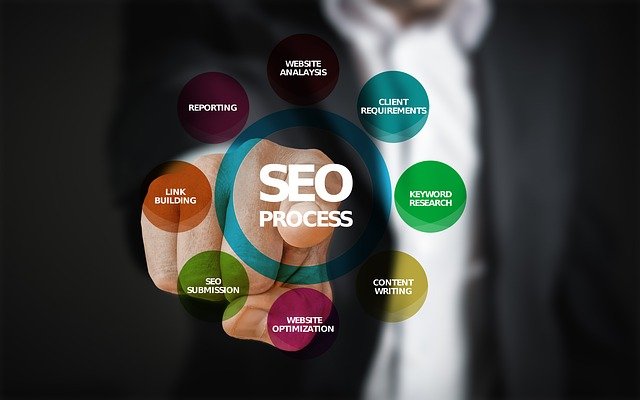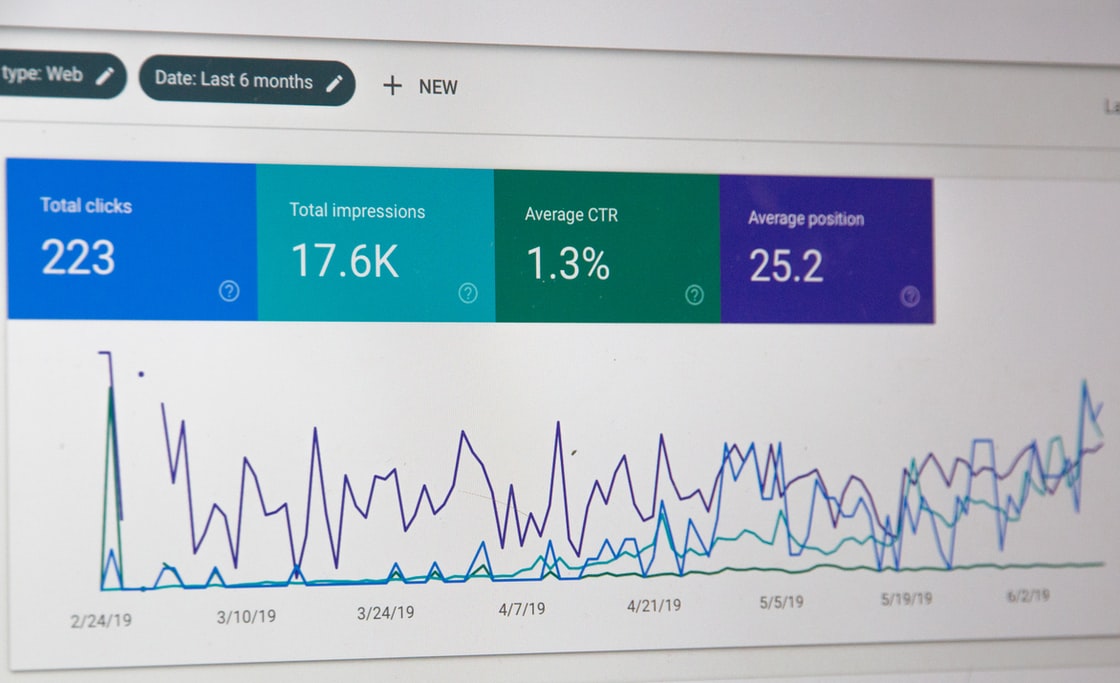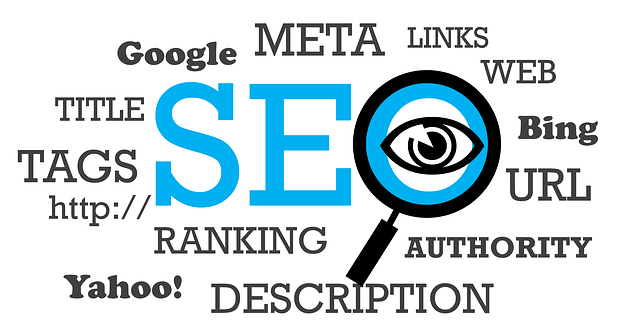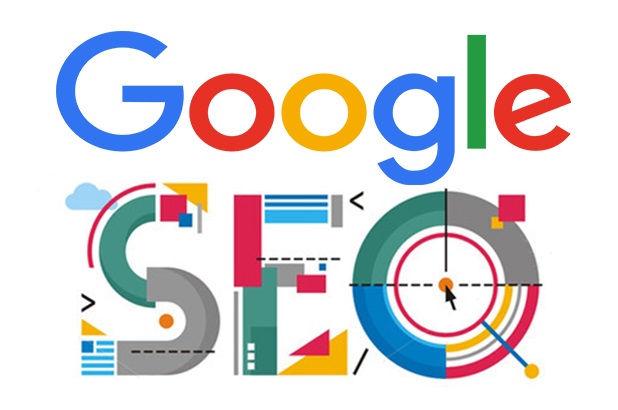How to measure return on investment on your SEO efforts?
You can measure the success of your SEO in many different ways. Google Analytics can track conversions, traffic, referral sources, and many other metrics. However, one of the most efficient ways is to measure return on investment on your SEO efforts. ROI is a crucial factor in any business project. With that in mind, let’s look at how to work the numbers around search engine optimization and find out if you are moving in the right direction.
What is SEO ROI?
As the name suggests, SEO ROI is the returning amount of resources you used to improve search engine optimization. If your SEO is bringing results in terms of better website ranking, it means that it is working. However, it is also crucial to calculate if it pays off on the financial level. Knowing how and why to do SEO is vital. If you are spending too much money to make SEO work, you need to do a little tweaking so that you don’t lose profit at the same time.
Steps to calculating SEO ROI
The best way to measure return on investment on your SEO efforts is to use a three-step tracking system:
- track and analyze conversions;
- split conversions into categories and analyze them separately;
- calculate the SEO return on investment by using a simple formula;
Let’s break this down a bit more.
Conversion tracking
The only way to know if your SEO is efficient is to track and measure conversions. For example, you might use different approaches to improve on-page and off-page optimization, like doing keyword research, social media, link building, and so on. If you are focusing on link building, you need to use different methods to determine the impact of backlinks on the overall SEO.
You need to thoroughly check all of those elements to make sure they are improving your SEO. That is best seen through conversions that bring profit.
You can set up conversion tracking either by using transaction data from eCommerce stores, if that’s how you conduct sales, or by analyzing the lead generation if you are selling services or products directly to the customer.
eCommerce conversion tracking
The best way to track conversions for eCommerce sales is through Google Analytics. Use the eCommerce overview report to get all the data you need. The sooner you start collecting data, the better. Once you decide to measure SEO ROI, you will have more data to work with.
Lead generation tracking
Tracking leads for lead-generation-based businesses works a bit differently. You cannot get direct data out of the system because the sale is not happening online. You need to assign a dollar value to every on-site sale based on your previous sales. This is best done in the Goals in Analytics, and you can find that under the Admin -> View menu.
You will need to do some manual work and calculate a couple of estimates. Find an average percentage of leads that convert into sales and calculate how much an average client spends per one deal. Those numbers will help you to find the average value of your leads. For example, if on 100 leads you have 25 customers that convert, and each spends 100 dollars, you have a profit of $2500. If you divide that profit with 100 leads, you will get that one lead is worth $25.
Using this simple math, you can get numbers that will help you measure conversions for lead tracking. Keep in mind that the entire report will give you an estimate, but a pretty close one to the actual situation.
Splitting conversions into categories
Another important element of measuring SEO ROI is splitting all of your conversions into different categories. This is a crucial step if you have different channels. You need to figure out where the conversions are coming from.
For example, you might be getting conversions from e-mails, social media, even through word of mouth. You need to know what conversions are coming directly as a result of SEO.
Use the Assisted Conversions in Google Analytics to create groups and assign conversion numbers to them.
The formula for calculating SEO ROI
Once you have the conversion tracking system set up and get data, you can use a simple formula to get the ROI from your SEO efforts. You take gain from investment, subtract the investment cost, and divide that number with the same cost. If you multiply that by 100, you will get ROI as a percentage value.
Just keep in mind that some companies use different parameters to measure their profit. Whether you are using total revenue or net profit from every sale, you need to compare those numbers with the result of the formula. Otherwise, you might get the wrong data.
When to measure SEO ROI?
We did the how, not let’s do the when. It’s important to note that tracking and measuring ROI is not a one-time thing. It should become a practice that you repeat for a set time period.
To have the most control over your finances and how much you spend on SEO, it is best to measure ROI on a monthly, quarterly, and yearly basis. SEO is a long-term investment, and every step-by-step SEO guide tells you how important it is to constantly work on improving it. With that in mind, it is best to track it while going through different stages.
Measure return on investment on your SEO efforts and start making a profit
Calculating SEO ROI is a time-consuming process. It requires a lot of energy and effort. However, it is crucial to measure return on investment on your SEO efforts. You need to have total control over your finances and over how much you are spending on SEO. There needs to be a balance between how much money you put into a project and what it earns for you. Otherwise, you are only spending money that you could put to better use.














